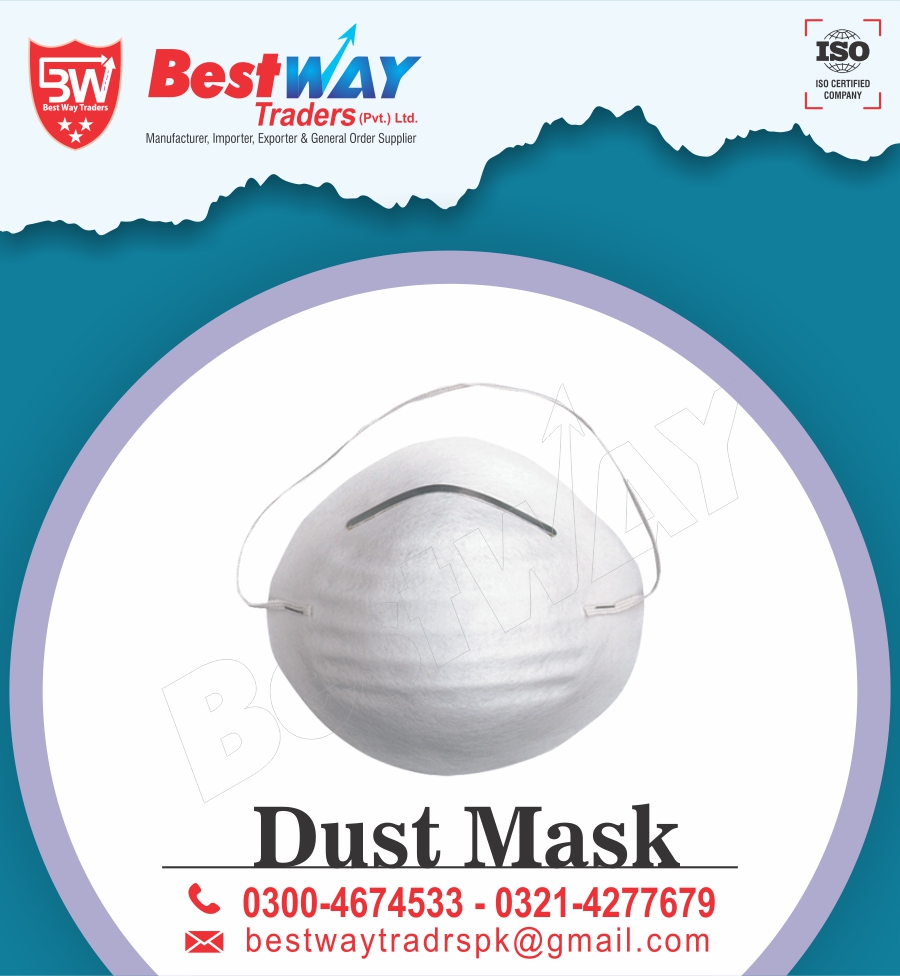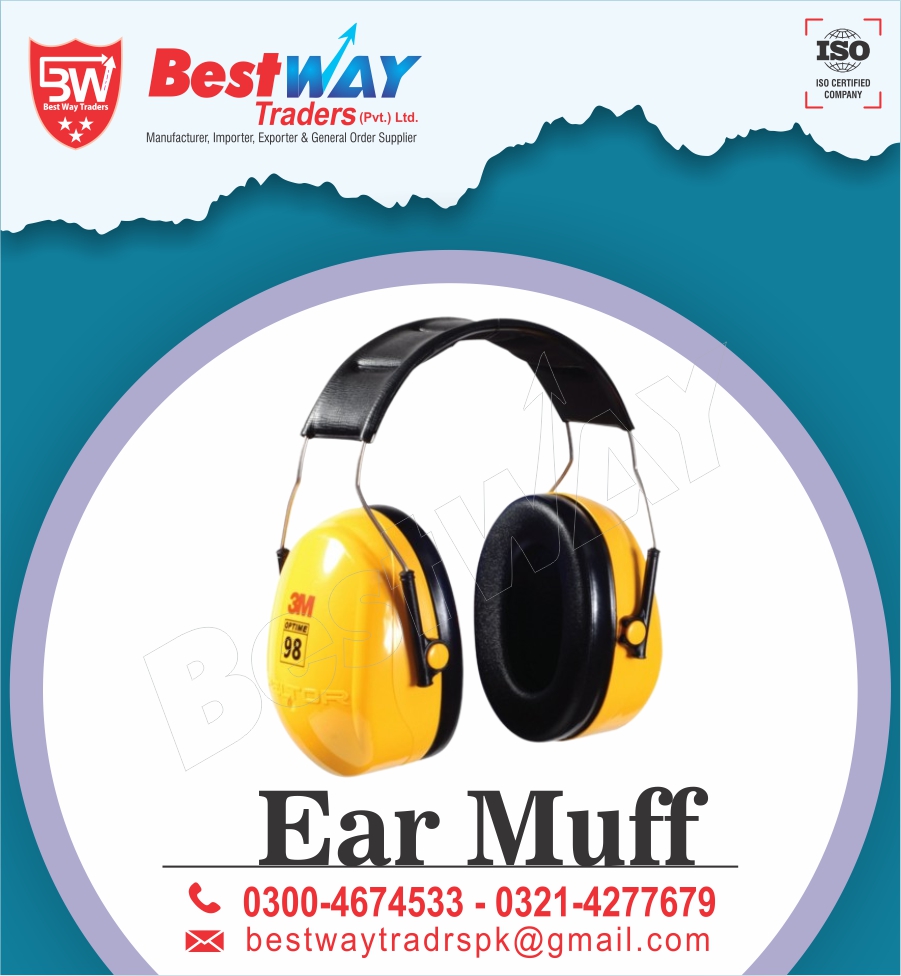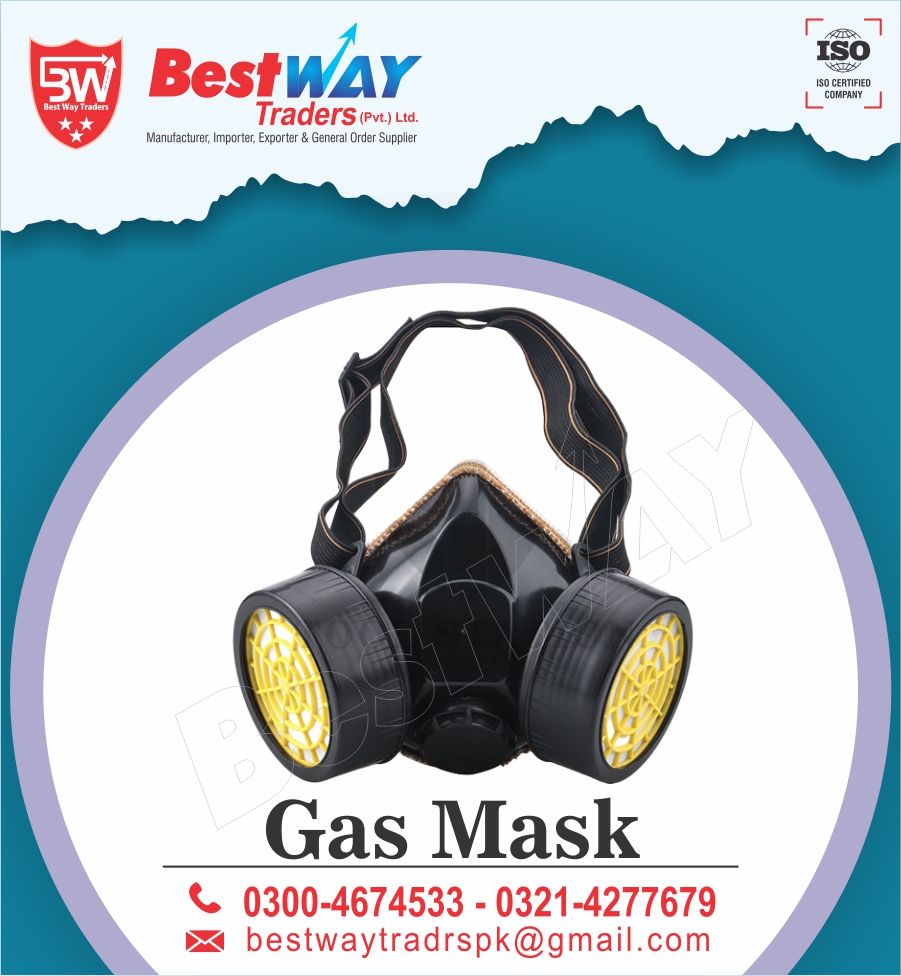
FIRE BLANKET
What is a fire blanket?

A fire blanket is a sheet of woven fire-resistant material designed to extinguish small fires. Fire blankets are usually made from woven fireglass and work by smothering the fire and cutting off its oxygen supply. Fire blankets are stored in a wall-mounted case or pouch for quick access in a fire emergency.
What is a fire blanket used for?
Fire blankets are usually used for putting out small fires in or around the kitchen and are particularly useful for Class F fires involving cooking oils. They can also be used for waste bin fires and to extinguish clothing fires. Fire blankets are suitable for use in the home, commercial and public environments
Where should you put a fire blanket?
Fire blankets should be located in or near a kitchen but not too close to the fire hazard, as a fire may prevent you accessing the fire blanket. They are best fixed to the wall in an easily identifiable location. Fire blankets should be installed as an additional precaution alongside an appropriate fire extinguisher.
Businesses and organisations should install fire blankets on a wall with the appropriate fire blanket signage. fire and safety product
Which fire blanket do I need?
There are 3 sizes of fire blanket (1 x 1m, 1.2 x 1.2m, 1.2 x 1.8m). You should consider the potential size of the fire as the fire blanket needs to cover the entire fire in order to smother and extinguish it. The smallest size may be more suited to baking tray or frying pan fires at home, whereas a larger size may be required for commercial kitchens, workshop or clothing fires.
How to use a fire blanket
To use a fire blanket, turn off the heat source if possible. Pull the tapes downwards to release the fire blanket from its container. Wrap the corners of the blanket around your hands to protect them from the fire and place the blanket over the object that is on fire. Leave the blanket in place until the fire is out and the object is cool. Read more about how to use a fire blanket.fire and safety product
DUST MASK:

A dust mask is worn in the same fashion as a filtering facepiece respirator or surgical mask, but it is dangerous to confuse them because they each protect against specific airborne dangers. Using the wrong mask for a job can present a significant and possibly deadly danger as many dust masks with widely varied levels of protection may look similar, and even masks that do not protect against dust at all. Misfitting masks are also a danger as they allow a material to bypass the mask entirely. A correct fit may not be as critical in masks that are intended to protect against splattering liquids or mists. Dust masks do not protect against chemicals such as vapors and mists. For this reason, it is dangerous to confuse dust masks with respirators used as paint masks.
Dust masks are a cheaper, lighter, and possibly more comfortable alternative to respirators, but do not provide certified respiratory protection, and may be more susceptible to misuse or poor fit. Dust masks and respirators usually do not contact the mouth, and therefore interfere less with speech than cloth masks that do contact the mouth.
Some dust masks include improvements such as having two straps behind the head (one upper and one lower), having a strip of aluminum on the outside across the bridge of the nose that can be bent for a custom fit, and having a strip of foam rubber on the inside across the bridge of the nose to ensure a better seal even if the aluminum on the outside does not fit.
Any mask that consistently covers the nose and mouth will reduce the transmission of contagious respiratory diseases. Snugly fitting dust masks generally provide more protection than loose cloth masks, but less protection than respirators
EAR MUFF

Earmuffs are a type of personal protective equipment (PPE) that is used to protect the wearer’s ears from excessive noise pollution, dust or temperature variations, especially cold. They are made of thermoplastics and sponge and are shaped like a pair of cups. These cups are usually attached on the outer-ends of a steel or plastic headband to fit over top of the ears and cover them tightly. fire safety and product
Earmuffs are also known as ear defenders or ear protectorshere are two types of earmuffs. Thermal earmuffs, as the name implies, are used to protect against cold, while acoustic earmuffs are used against noise pollution. High levels of environmental noise is harmful for the people working in a noisy area. Noise causes mental stress, sleeplessness, poor cognitive function, cardiovascular problems, and temporary and permanent hearing loss. Earmuffs are used to protect the ears from environmental noises produced by machines, transports, equipment and nature.
In most communities, noise level is limited to around 55 decibels. In the workplace, earmuffs are generally required when noise levels are higher than 80 decibels fire and safety product
GAS MASK

What You Should Know in Deciding Whether to Buy Escape Hoods, Gas Masks, or Other Respirators for Preparedness at Home and Work
Some employers and consumers are considering purchasing escape hoods or other respirators to protect themselves against potential terrorist threats, including biological and chemical substances. This guidance will provide information on what respirators are, how they work, and what is needed for a respirator to provide protection. fire safety and product
Is buying an escape hood or other type of respirator the best way to protect myself, my family, and/or my employees?
If available and used correctly, a respirator can selectively reduce the exposure you might otherwise receive. Respirators have been used for many years in the workplace, where employers have programs to make sure the proper masks are selected and that the respirator fits. When consumers use respirators, they don’t have such support, so this fact sheet includes lots of background information to help consumers understand the limitations and cautions that need to be considered. The goal is to avoid unintended problems that might occur through lack of understanding or a false sense of security.
As a first step, plan how to respond if an emergency happens. A respirator is only one small part of that plan. There may be situations in which it’s simply best to stay where you are and avoid any uncertainty outside, a process known as “shelter-in-place,” as a means of survival. Use available information to assess the situation. If you see large amounts of debris in the air, or if local authorities say the air is badly contaminated, you may want to take this kind of action. The US Department of Homeland Security offers information on shelter-in-place and other emergency planning recommendationsexternal icon on its Internet site, and through a toll-free number, 1-800-BE-READY.
Respiratory protection is effective only if: fire safety and product
Each type of respirator can come in several varieties, each with its own set of cautions, limitations, and restrictions of use. Some respirators require testing to ensure a tight fit to the face, and should not be used with facial hair. Others use a nose clip and mouthpiece, which is clenched between your teeth, similar to a snorkel. Some respirators prevent the user from talking while others have speaking capabilities. Every respirator contaminated with hazardous chemicals should be decontaminated and disposed of properly.
All respirators require training to be properly used. Sometimes you can practice using your own respirator. Some escape respirators come in a package that must remain sealed until use, so you need to be trained using a special “practice” version. Training is extremely important in regard to the storage, maintenance, use, and discarding of the respirator. This information is provided by the supplier of the respirator (i.e. seller, distributor, or manufacturer).
If you do not use a respirator correctly, it is very likely that it will not protect you-and may even hurt you. The following information will help you understand what a respirator is, and how it should be used.
What is a respirator? fire safety and product
A respirator is a device to protect you from inhaling dangerous substances, such as chemicals and infectious particles. There are several different types of respirators, as described beloW
EAR PLUG
What Does Earplugs Mean?

Ear plugs are a device inserted into the ear to prevent loud noise or the intrusion of water, foreign bodies, dust, cold and strong wind from entering the ear. They are primarily used to prevent hearing damage caused by loud noises encountered with power tools or heavy machinery in a work environment. Most earplug designs are disposable and are made of foam material that is designed to mold to the shape of the ear. fire safety and product
Long term or repeated exposure to loud noises can cause trauma to the inner ear. This can result in loss of hearing, ringing in the ears, vertigo and other non-auditory effects, such as increased heart rate and blood pressure. For this reason, The American National Standard Institute (ANSI) provides regulations and standards for personal protective equipment (PPE) to protect the inner ear.
There are different kinds of ear protection. It is important to conform to ANSI regulations when choosing safety equipment. These should have the appropriate noise reduction rating for the environment they are to be used in. Foam Types: Foam plugs mold to fit the shape of the ear and should only be used once and discarded for hygienic reasons. Made of memory foam, these are compressed and inserted into the ear canal, and then expand when released. These are normally used by workers in noisy areas. ilicone Types: Made of silicone and rubber. The inner side looks like a small ball that fits into the outer ear canal, while the rest fits around the top of the ear to secure it in place. This type is used by swimmers and surfers. These are generally reusable earplugs that can be washed. Flanged Types: Made of rubber or plastic. They are inserted into the ear, but a harder inner core section protrudes from the ear. These are normally used by musicians. fire safety and product
Over the Ear Types: “Ear muffs” are another variety of ear protection that covers the entire ear and can be used in conjunction with in the ear types for maximum hearing protection.fire and safety product
